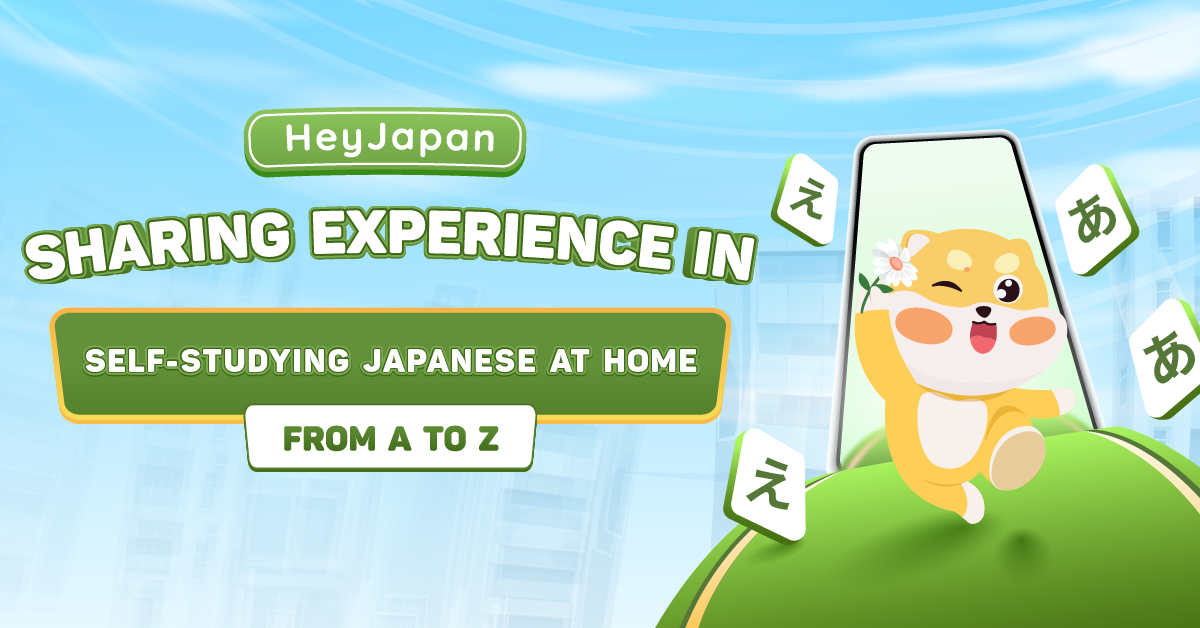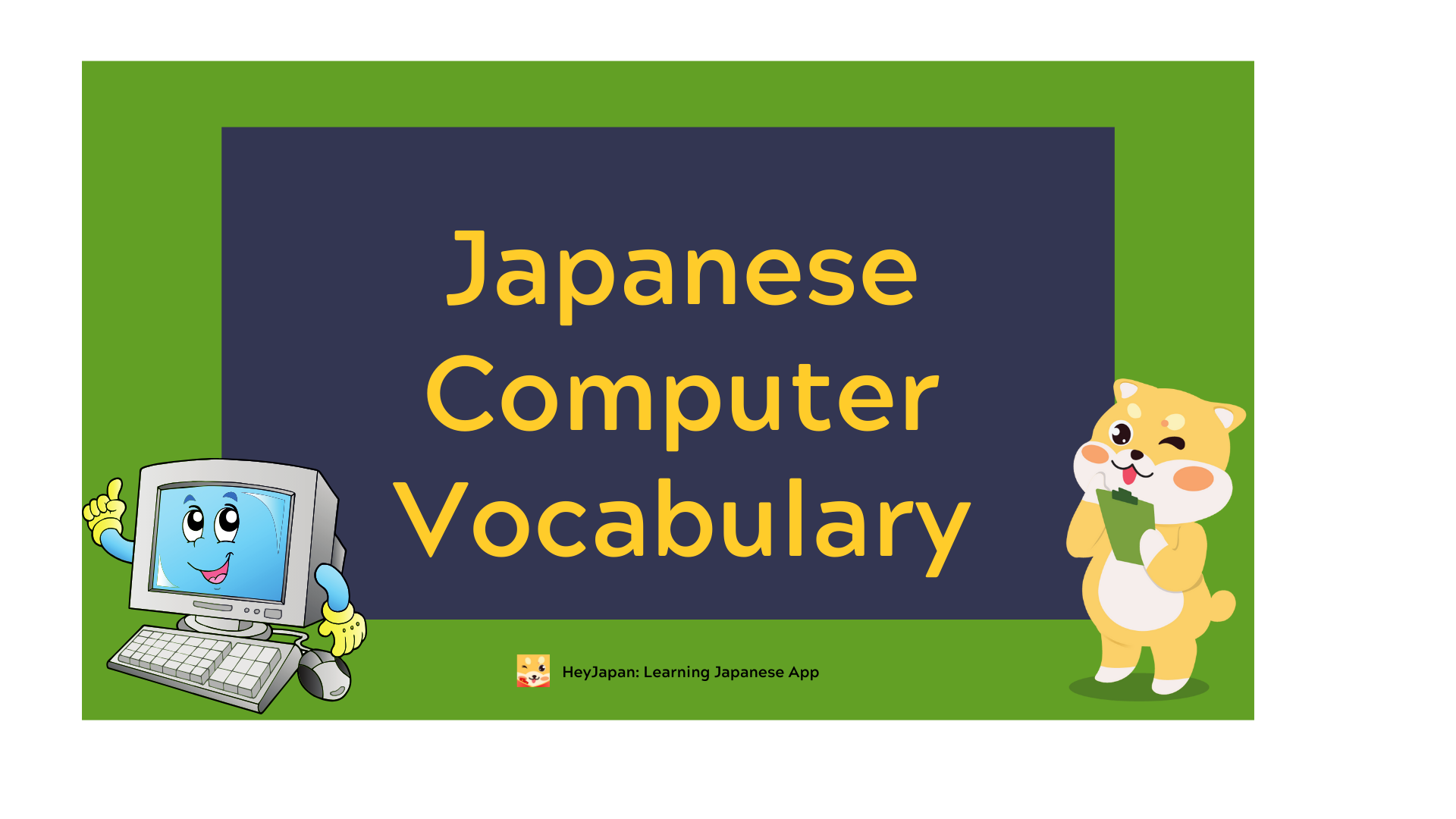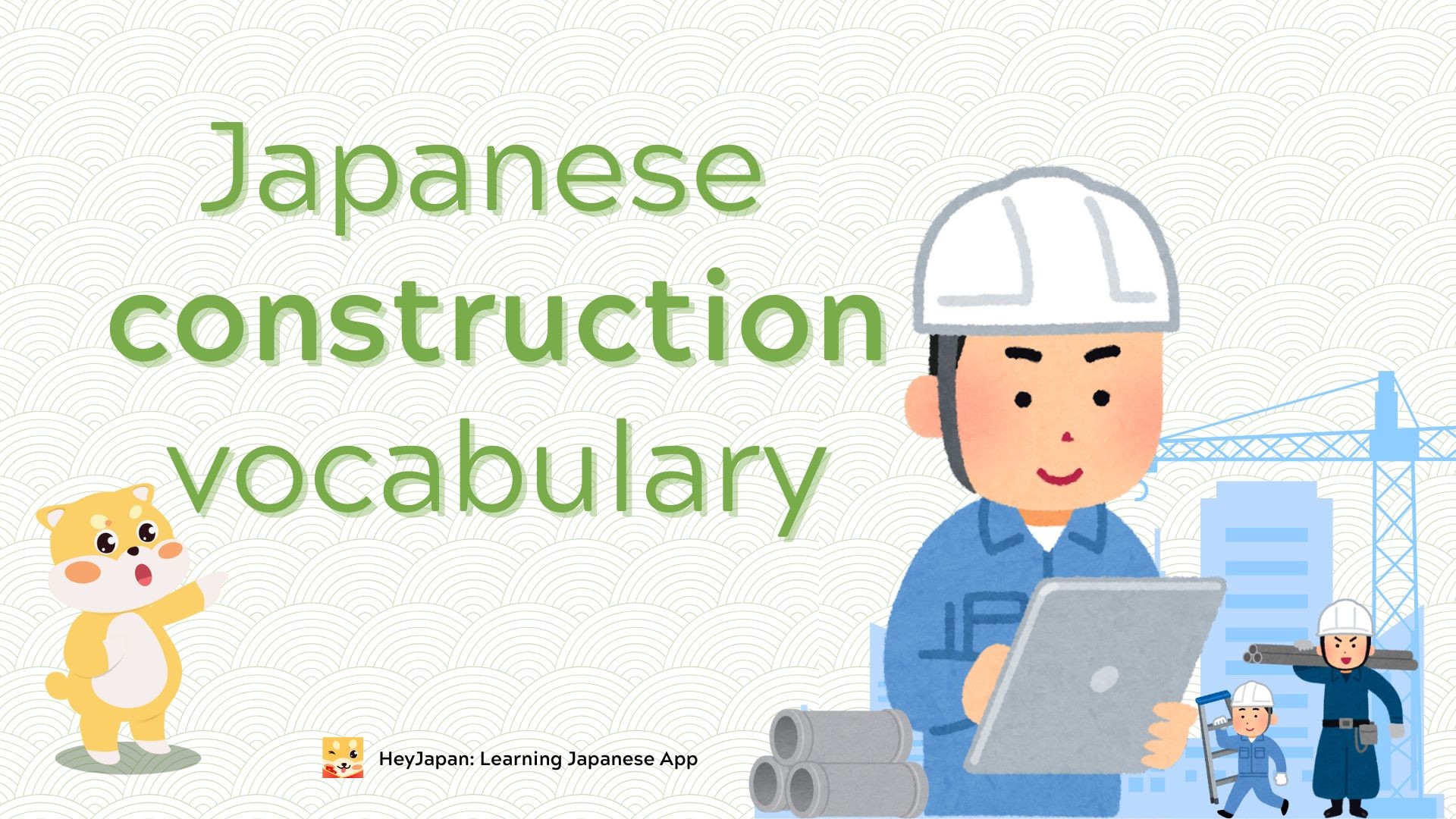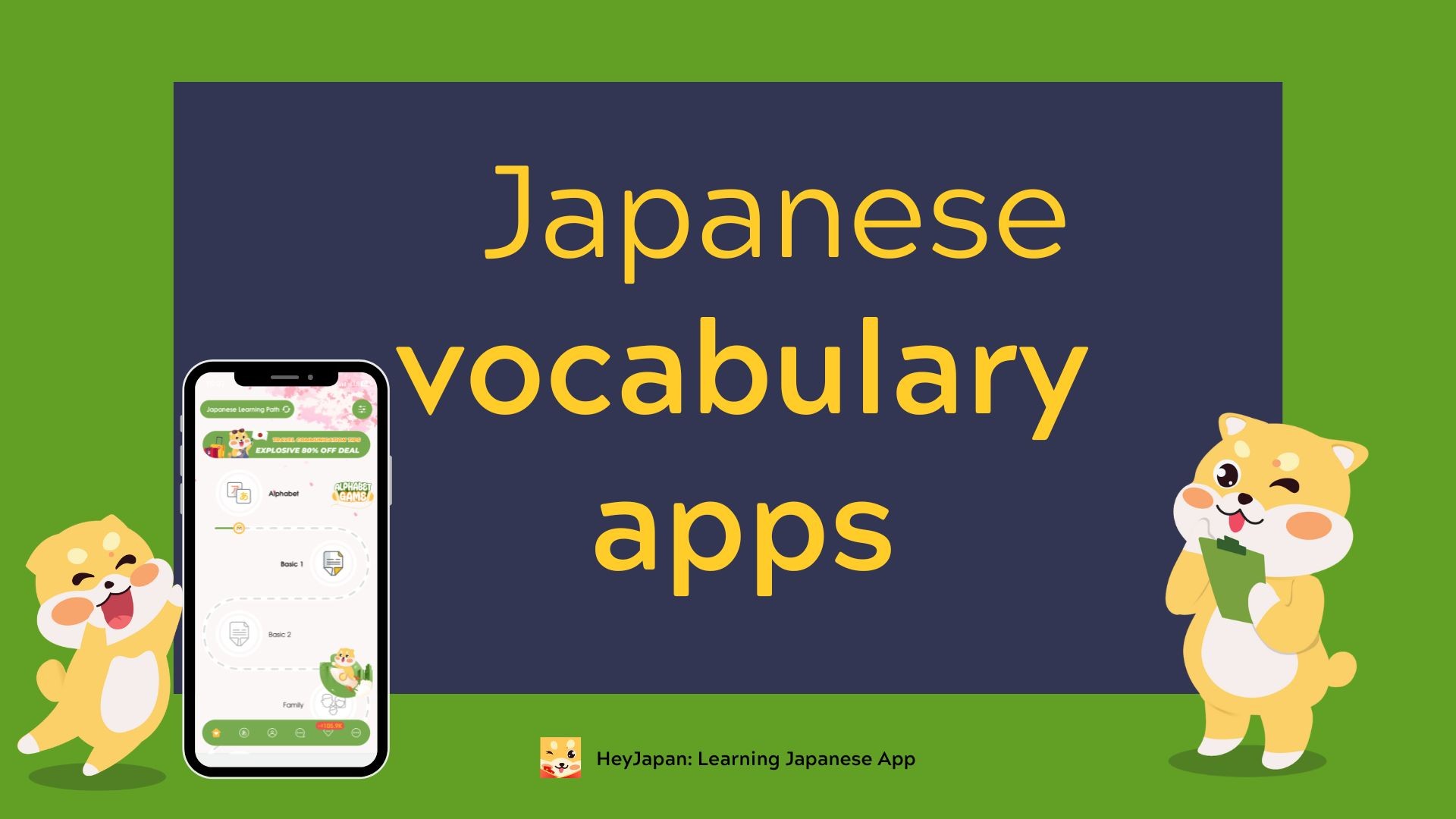- Setting Your Japanese Learning Goals
- Job Opportunities
- Attractive Salary Proportional to Japanese Proficiency
- High Opportunity for Studying Abroad at Low Cost
- Expanding International Friendships
- Enhancing Your Intelligence Through Learning Japanese
- Choosing Self-Study Materials for Japanese
- "Japanese for Beginners" (初心者のための日本語)
- Minna no Nihongo (みんなの日本語)
- Nihongo Challenge (にほんごチャレンジ)
- Nihongo Soumatome (日本語総まとめ)
- Learn Japanese alphabet
- Hiragana Alphabet
- Katakana Alphabet
- Kanji Alphabet
- Learn 25 Basic Lessons
- Japanese Vocabulary
- Japanese Grammar
- Enhancing Listening and Speaking Skills at Home
- Conclusion
Self-studying Japanese at home is a flexible and effective learning method. In this article, HeyJapan will guide you on setting goals, planning your study schedule, and using apps and materials. We'll also share efficient self-study techniques to help you confidently explore and progress in your Japanese learning journey.
Setting Your Japanese Learning Goals
Job Opportunities
Vietnam is attracting a significant amount of ODA from Japan, making it the leading country in this field. The substantial increase in investment from Japanese companies in recent years has created a surge in demand for Japanese-speaking talent. In fact, 54.7% of Japanese businesses face difficulties in hiring Vietnamese employees who can communicate in Japanese and fit into their work environment. This means that with Japanese language skills, you won't need to worry about job prospects.
Learning Japanese will provide open employment opportunities
Attractive Salary Proportional to Japanese Proficiency
In the IT sector alone, a fresh graduate who knows Japanese can earn a salary ranging from 500 to 600 USD per month. However, for an IT professional proficient in Japanese, the salary never falls below 1000 USD. It's worth noting that Japanese people often do not excel in English or other foreign languages. Therefore, if you possess Japanese language skills and competence, you have opportunities to advance and become a senior manager.
High Opportunity for Studying Abroad at Low Cost
Studying abroad in Japan is a dream for many people to learn Japanese
If you wish to study and experience the culture in Japan, learning Japanese becomes more important than ever. Starting to learn Japanese now not only helps you easily get accepted into Japanese universities but also serves as a strong foundation for your future studies. This also helps you adapt quickly to the culture and saves costs, as learning Japanese in Vietnam is often much cheaper than in Japan.
Expanding International Friendships
As our ancestors taught, "Travel broadens the mind." Knowing multiple languages is a great benefit; communicating in Japanese makes it easy to make friends with Japanese people. Especially in Japanese companies, learning Japanese helps you build relationships with superiors or colleagues. Expanding your network also helps you gain deeper insights into Japanese culture and lifestyle and learn from their values and advancements.
Enhancing Your Intelligence Through Learning Japanese
Many studies have shown that learning foreign languages can enhance brain health. Multilingual individuals often have higher concentration, make quicker decisions, and are more efficient.
Choosing Self-Study Materials for Japanese
"Japanese for Beginners" (初心者のための日本語)
Price: Approximately 78,000 VND
Self-study Japanese for Beginners (初心者のための日本語)
- Pros:
This self-study book is designed specifically for beginners and those who want to learn basic Japanese at home. It provides fundamental knowledge in an easy-to-understand manner. The logical structure, from easy to difficult, helps learners easily grasp and understand lessons. It also includes numerous practice exercises to help learners reinforce their knowledge.
- Cons:
As a beginner's guide, it may not meet the needs of those with basic or intermediate Japanese knowledge. The material may lack diversity in teaching methods and materials, making learning less stimulating.
Minna no Nihongo (みんなの日本語)
Price: Approximately 45,000 VND ~ 95,000 VND
- Pros:
"Minna no Nihongo" is designed with a clear and logical lesson structure, from basic to advanced, helping self-learners easily grasp grammar and vocabulary. It offers a wide range of practice exercises in vocabulary, grammar, listening, speaking, reading, and writing, helping learners consolidate and apply knowledge effectively. Accompanied by CDs or software, it helps learners practice listening and pronunciation confidently and effectively.
- Cons:
Mainly uses Japanese for instruction, which can be challenging for non-Japanese-speaking learners. Some exercises or topics may not be suitable or too abstract for learners outside Japan. For beginners, memorizing all vocabulary and grammar in "Minna no Nihongo" can be a challenge.
Nihongo Challenge (にほんごチャレンジ)
Complete Set of 3 Books:
- "Nihongo Challenge N4 Kotoba" - Vocabulary
- "Nihongo Challenge N4 Bunpou to Yomu Renshuu" - Grammar and Reading Comprehension
- "Nihongo Challenge N4 + N5 Kanji" - Kanji
Price: Approximately 225,000 VND for the set (3 books)
- Pros:
"Nihongo Challenge" covers a wide range of topics and communication situations, from daily life to specialized topics, helping self-learners develop comprehensive language skills. It combines practical language activities with grammar and vocabulary introduction, enabling flexible and effective knowledge application. Focuses on developing communication skills, from listening and speaking to writing and reading, helping learners gain confidence in real-life communication situations.
- Cons:
Despite its diverse content, "Nihongo Challenge" may not be suitable for basic-level learners. Some learners might feel a lack of supplementary materials like CDs or software for listening and pronunciation practice. The use of "Nihongo Challenge" may require a significant investment of time and effort to understand and apply the knowledge.
Nihongo Soumatome (日本語総まとめ)
Nihongo Somatome Documentation (日本語総まとめ)
Price: Approximately 60,000 VND ~ 85,000 VND
- Pros:
"Nihongo Soumatome" provides a comprehensive summary of important knowledge on grammar, vocabulary, and communication skills, helping self-learners effectively review and consolidate their knowledge. Organized logically with a clear structure, it makes the content easy to approach and understand. Comes with various practice exercises, from short questions to passages, helping learners flexibly apply their knowledge. Offers detailed guidance for each exercise, from grammar explanations to vocabulary usage, aiding in the practical application of knowledge.
- Cons:
While it provides an overview of many topics and skills, it sometimes lacks depth in explanations and examples. This can make it challenging to gain a deeper understanding of grammar and vocabulary usage. "Nihongo Somatome " may not offer enough exercises or complexity to effectively practice and consolidate knowledge, limiting the ability to apply knowledge in practice.
Learn Japanese alphabet
Vietnamese and English use the Latin alphabet, while Japanese uses pictographs, making it quite challenging to start learning Japanese, especially in familiarizing and memorizing the alphabet. Japanese has three alphabets: Hiragana, Katakana, and Kanji.
Hiragana Alphabet
Hiragana is the oldest Japanese alphabet, a traditional Japanese phonetic script. Hiragana is often used to write native Japanese words. It is also used to phonetically transcribe difficult kanji or words with special readings. The Hiragana alphabet consists of 46 characters, divided into five rows: a, i, u, e, o.
A tip to help you remember the Hiragana alphabet quickly and effectively is to learn the characters with illustrative images. Another very effective method is to learn Hiragana horizontally by looking at the characters and reading them aloud. This way, you get accurate pronunciation from the start and remember the characters quickly and effectively.

Learn Hiragana alphabet with illustrations
Katakana Alphabet
Katakana is the "hard" alphabet of Japanese, part of the traditional Japanese writing system. Katakana is made up of curved, straight, and angled strokes, making it considered the simplest Japanese alphabet. Katakana is used to transcribe foreign words or write proper nouns like names, countries, locations, and company names.
Example: テレビ (terebi): Television; アメリカ (Amerika): America
Similar to Hiragana, combining Katakana with illustrative images makes it easier to remember. You can also learn Katakana using flashcards, which you can carry around and frequently review, helping you memorize Katakana characters effortlessly.
Learn Katakana alphabet with flashcard
Self-study of the alphabet at home
Kanji Alphabet
Kanji characters are derived from Chinese characters, which the Japanese have adapted for their use. Each Kanji character can have more than one pronunciation, making it the most challenging alphabet to learn. When learning Kanji, it's recommended to use Kanji writing notebooks to practice writing the characters while also practicing pronunciation. Alternatively, you can create a chart and list words or sentences using those characters to help remember and apply them in real-life contexts. Using flashcards for each character, writing the character on the front, and the meaning or pronunciation on the back is also helpful.

Learning the Kanji alphabet at home
The Japanese alphabet is extremely complex, so during your self-study journey at home, you need to be diligent and persistent. To maximize the effectiveness of these methods, dedicate time each day to practice and apply them, even if only for a few minutes.
Learn 25 Basic Lessons
Japanese Vocabulary
First, you need to master the vocabulary from the first 25 lessons of the Beginner level. Pay attention to correct pronunciation, writing, and the meanings of words in different contexts to understand them thoroughly.
An effective tip for learning Japanese vocabulary is to regularly compile vocabulary into a notebook and repeat them multiple times to help you remember better. Practice writing and reading vocabulary daily to solidify your knowledge.
A useful method for self-studying vocabulary is to learn words in groups of related words. Classifying vocabulary by themes such as family, work, sports, travel, etc., helps you remember and apply them more easily in specific situations. By focusing on a specific topic, you can connect related words and phrases, making them easier to remember and apply in context.
Japanese vocabulary learning needs contextual learning
Don't forget to use various resources like books, newspapers, movies, or Japanese music to immerse yourself in vocabulary in real-life contexts. Different media provide diverse vocabulary and language styles, enhancing comprehension and retention.
Using creative methods such as flashcards, writing sample sentences, or engaging in language learning games can significantly enhance memory retention. These activities cater to different learning styles, making the learning process more enjoyable and effective.
With the rapid development of technology, you can take advantage of mobile apps specifically designed to support vocabulary learning, such as HeyJapan, Anki, Memrise, or Duolingo. These apps offer an interactive and convenient learning experience, often using gamification and spaced repetition techniques to enhance retention and engagement.
A crucial aspect of learning any language is dedicating daily time to practice and review vocabulary, ensuring you retain and apply it in real-life situations.
Japanese Grammar
To effectively learn Japanese grammar, you need to grasp the basic structure by connecting different parts of speech and basic sentence structures. Focus on mastering the grammar in the first 25 beginner lessons.
Grammar is a very important part of learning Japanese
Numerous Japanese learning resources are available, including textbooks, mobile apps, online video lessons, and lectures. Using diverse materials helps you understand grammar more thoroughly and apply it flexibly.
Combine writing practice and grammar exercises, repeating them multiple times to reinforce knowledge. Another effective approach is to learn grammar through practical examples or in daily communication situations, understanding the context and natural usage. Pairing grammar study with related vocabulary helps you apply grammar in real-life situations more flexibly.
Learning Japanese grammar requires time and patience. Stay persistent and don’t give up when facing challenges, as mastering grammar is crucial for becoming proficient in Japanese.
Enhancing Listening and Speaking Skills at Home
Speaking skills are a barrier to self-learning Japanese at home
One effective method for practicing Japanese communication is not focusing too much on grammar. Grammar rules can cause you to overthink Japanese, whereas your goal is to speak naturally without thinking. In conversations with Japanese speakers, they are more concerned about your fluency and accuracy in conveying your message rather than perfect grammar. Therefore, to improve your Japanese communication skills, temporarily set grammar aside and focus on speaking more.
To improve your listening and speaking skills, listen to Japanese daily. Instead of focusing on reading books, concentrate on listening and speaking Japanese. This is key to successfully mastering Japanese speaking skills. Especially for those self-studying at home, it’s essential to dedicate 2-3 hours daily to listening to Japanese. Focus on listening, as this will help you become more fluent in speaking Japanese.
Another method to improve Japanese communication is through stories and Japanese movies. This approach is highly effective for learning and using Japanese naturally. The best way is to listen to the same story but in different tenses to familiarize yourself with grammatical structures and use them in daily communication. Additionally, Japan’s influence in anime and manga globally makes it easy to find engaging and excellent animations to help you practice Japanese.
Hey Japan - Japanese Basic Learning App for All Needs
Conclusion
HeyJapan hopes this article helps you answer the question: Can you self-study Japanese? How can you learn Japanese effectively? On your journey to self-study Japanese at home, determination and patience will lead you to success. By following the steps outlined above and utilizing quality resources, you can develop your language skills flexibly and quickly. Remember, learning is a continuous journey, and each step forward is an opportunity to deepen your understanding of Japanese culture and language. Let’s continue to practice and refine our knowledge together with HeyJapan!









